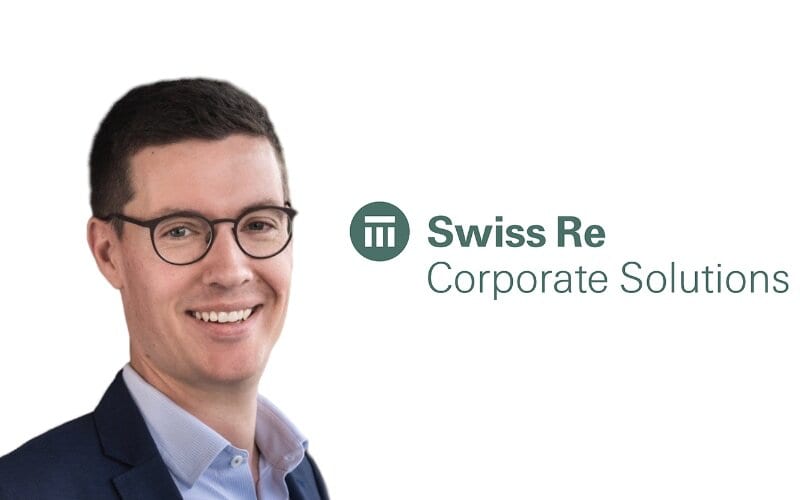Capital markets set to continue important role in parametric space: Swiss Re’s Hotz

Martin Hotz, Head Parametric Nat Cat, Swiss Re Corporate Solutions, has suggested there is “strong potential” for the capital markets to continue to play an important role in the parametric space.
Speaking in an interview with Reinsurance News, Hotz explained that terms in a parametric insurance policy are very clear, and due to the fast-paying nature, the contracts are exceedingly short-tail.
He continued, “The complexity of reserving is low, which are attributes that can help attract additional risk capacity to improve societal resilience and address the protection gap.”
According to Hotz, parametric triggers are also transparent to all parties involved, which can help attract capital that is less familiar with insurance industry processes such as a sponsor’s underwriting and claims handling procedures.
“As a result, we see strong potential for the capital markets to continue to play an important role in the parametric space,” Hotz added.
He went on, “Swiss Re Capital Markets is a market leader in the capital markets area and has arranged over $9bn parametric catastrophe bond transactions since the inception of the market, including the notable $1.36bn cat bond transaction via the World Bank CAR Notes on behalf of the Pacific Alliance countries (Chile, Colombia, Mexico and Peru) in 2018.
“Our strategy for parametric nat cat insurance is very steady, in that we remain one of the leading commercial parametric nat cat insurers, bringing together our unparalleled R&D capabilities, the strength of our balance sheet and the experience of more than 1,000 parametric nat cat policies issued, including many successfully handled claims.
“In 2024 we expect opportunities from all corners of the world, across the full spectrum of natural perils.”
Elsewhere in the interview, Hotz outlined his view of the current nat cat risk landscape, noting that in 2023 natural disasters led to insured losses exceeding the USD 100 billion threshold for the fourth consecutive year.
“While this is an impressively high number in the absence of a peak loss event like Hurricane Ian in 2022, the economic losses were a staggering $270 billion, indicating that 60% of global exposures remain uninsured,” he said.
Hotz added, “While insured natural catastrophe losses are volatile year over year, the long-term trend of 5-7% annual growth suggests a consistent return to loss numbers reminiscent of earlier decades is highly unlikely.
“We expect loss drivers such as increasing urbanization, exposure growth in high-risk areas, and changing vulnerabilities to continue to have a higher impact on insured losses than climate change over the next ~20 years.”
Hotz concluded this subject by stating that there is a clear need for more re/insurance protection overall, as well as a need for newer, more flexible forms of protection.
He finished, “Parametric insurance products are very liquid instruments, allowing for rapid financial relief post-event.
“Parametric insurance is a good tool to foster resilience and close part of the protection gap, by covering losses of assets that are otherwise deemed difficult to insure, such as certain business interruption costs, or the protection of natural or governmental assets such as coral reefs or critical infrastructure.”






